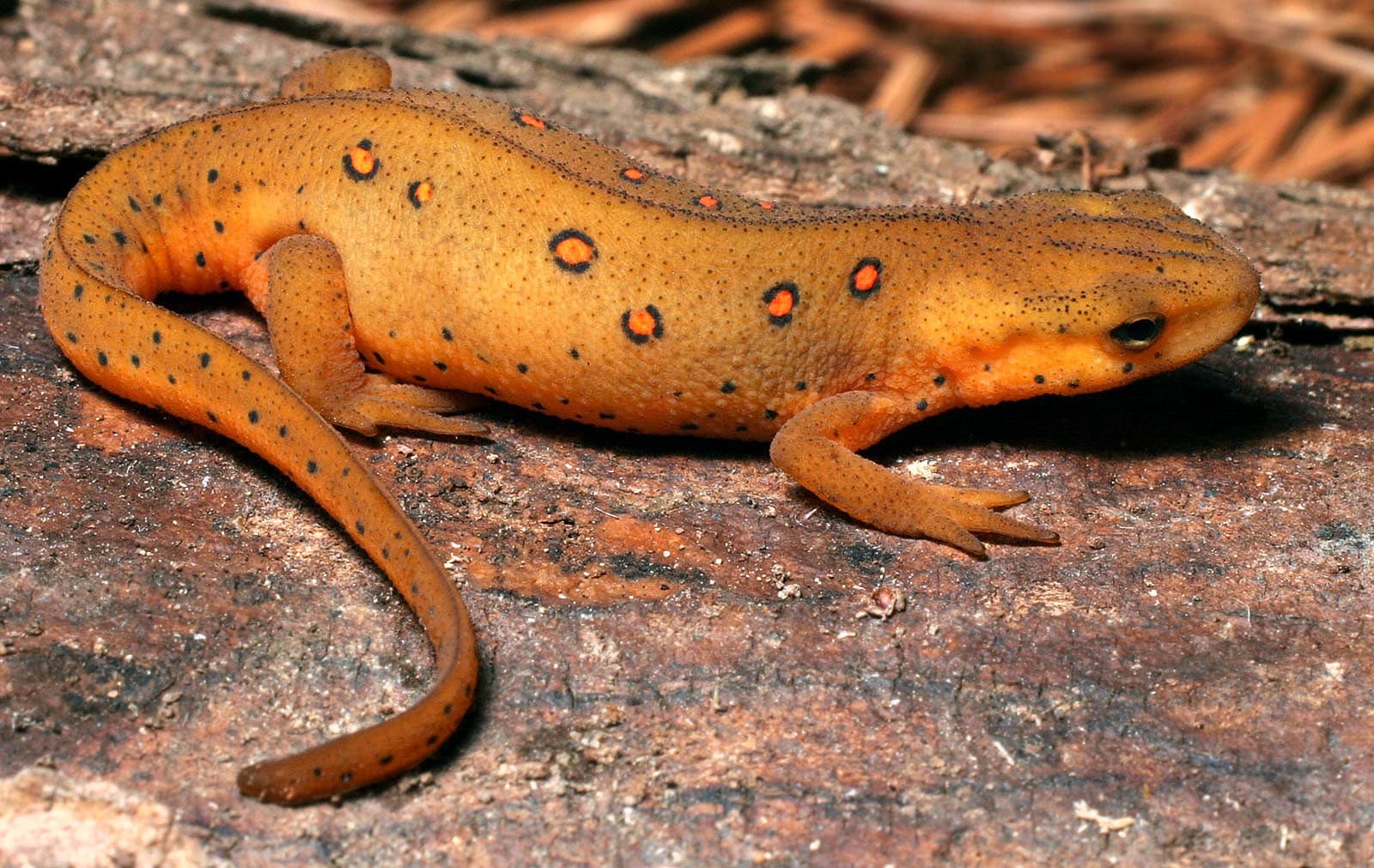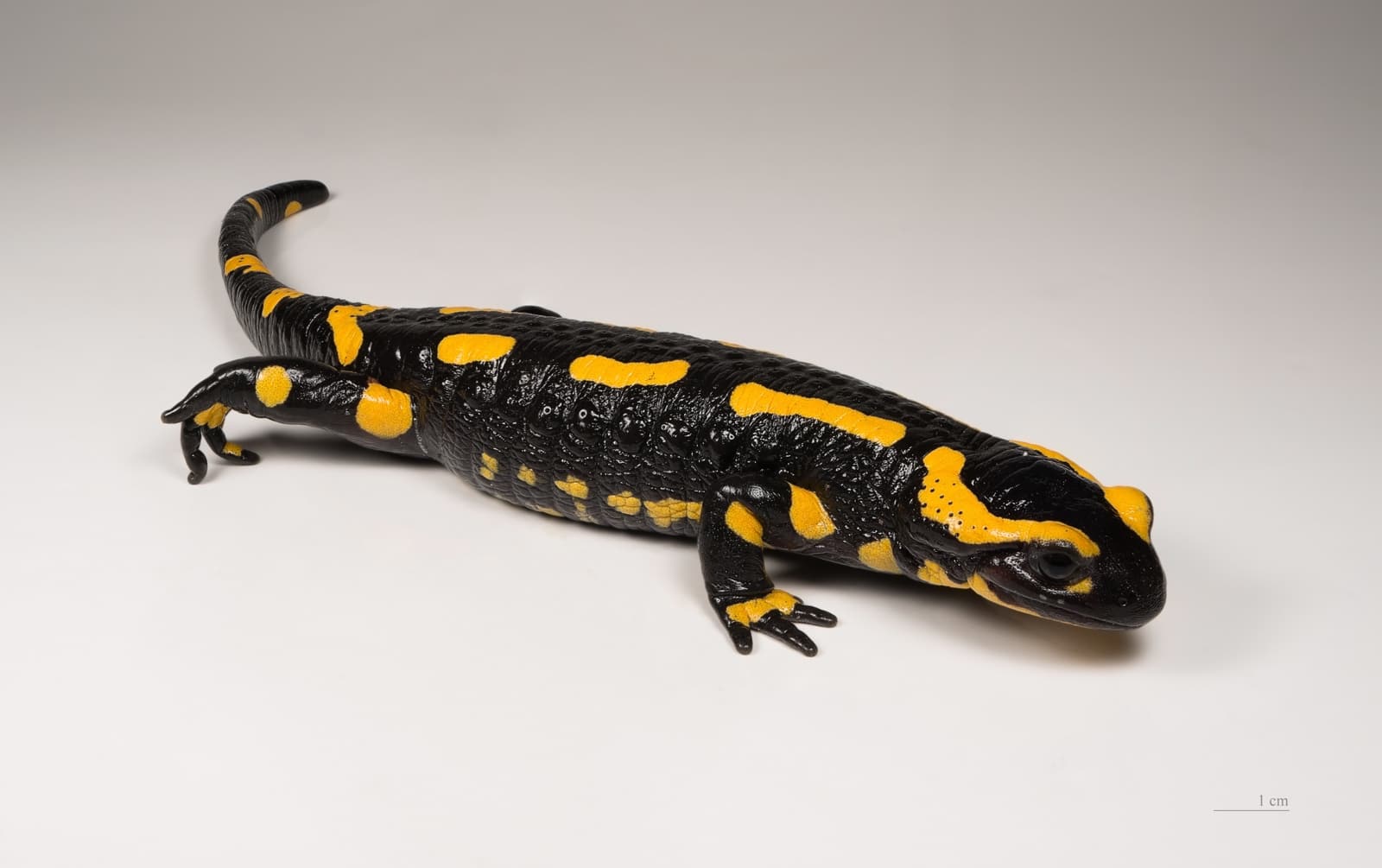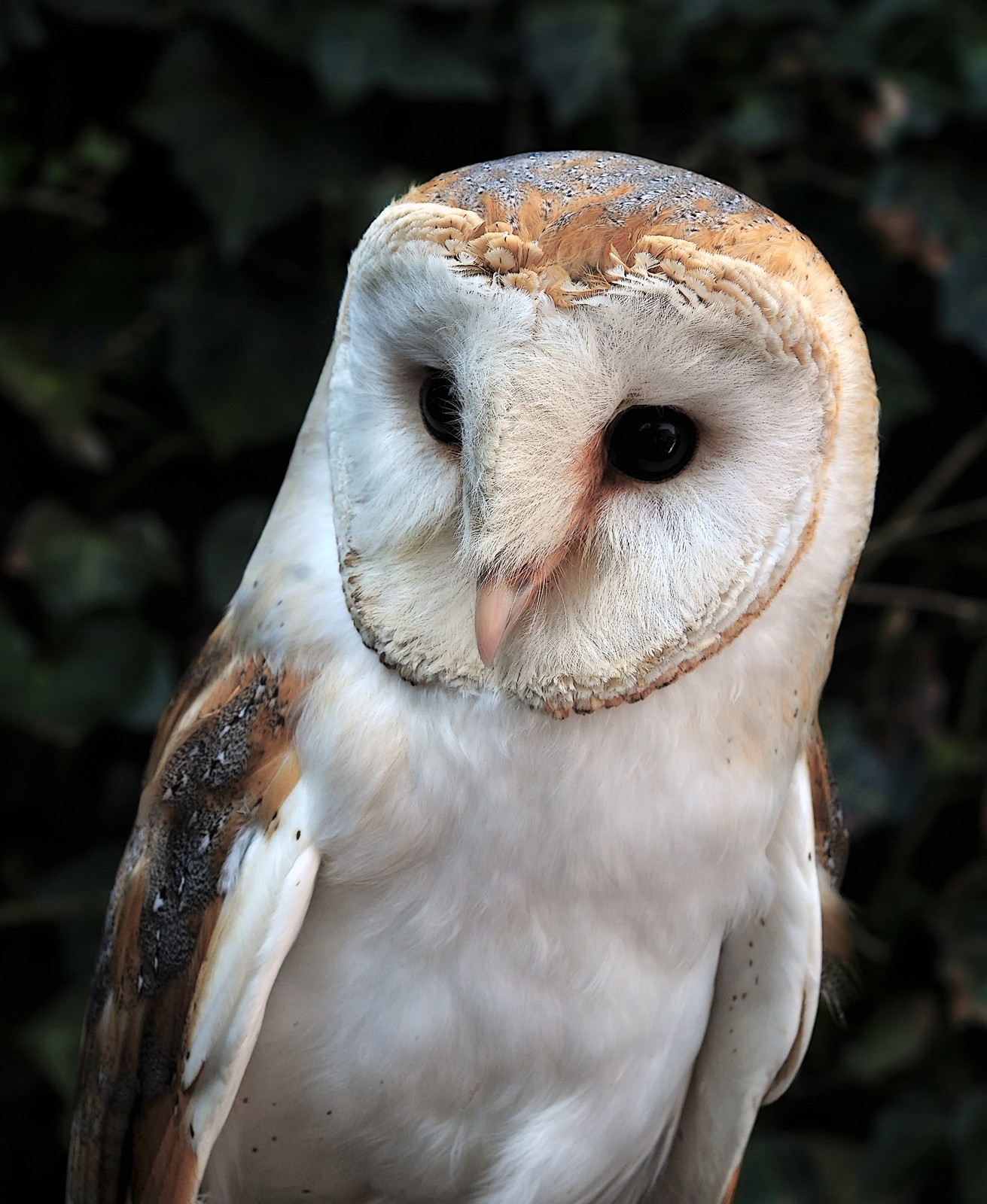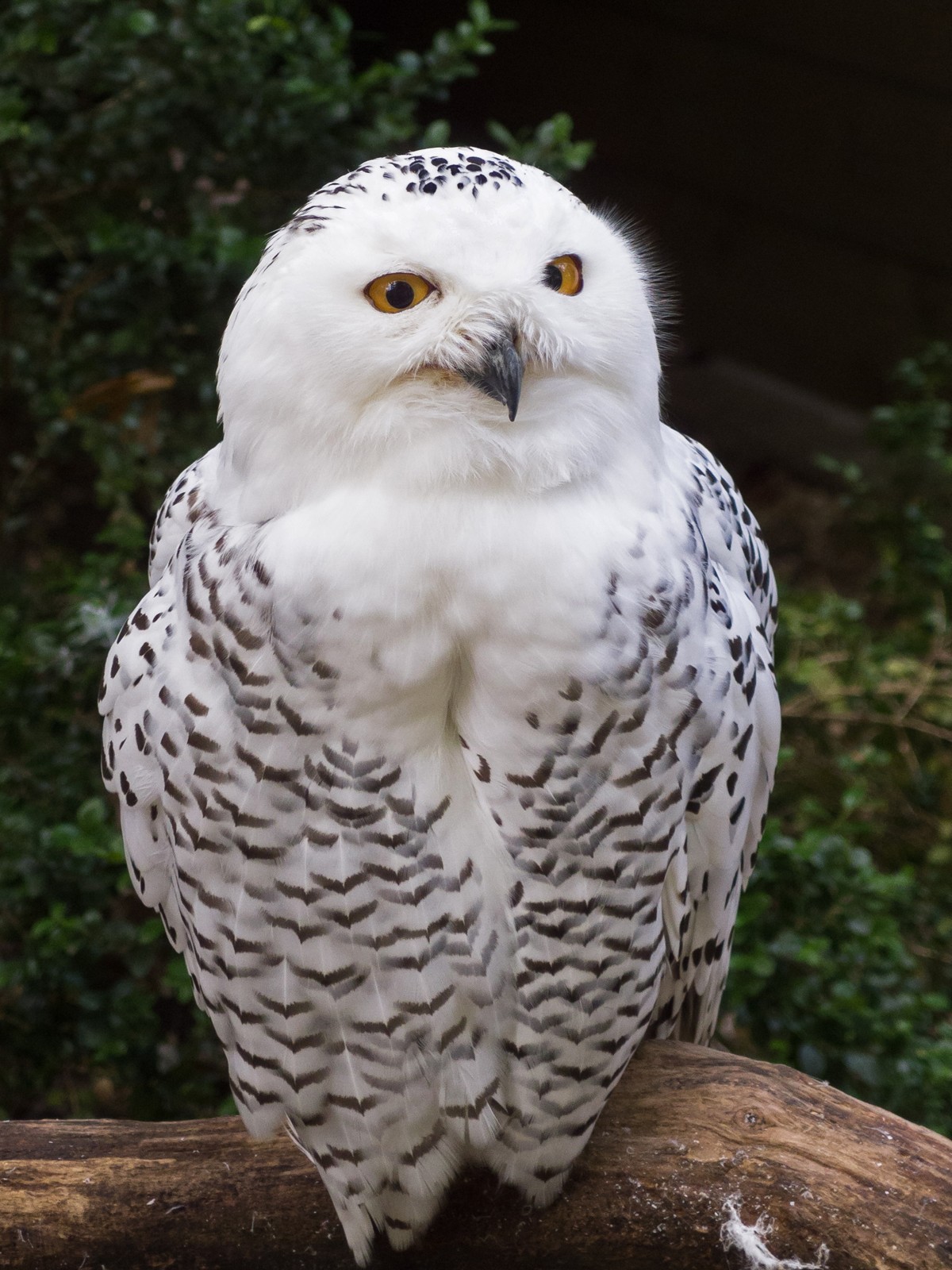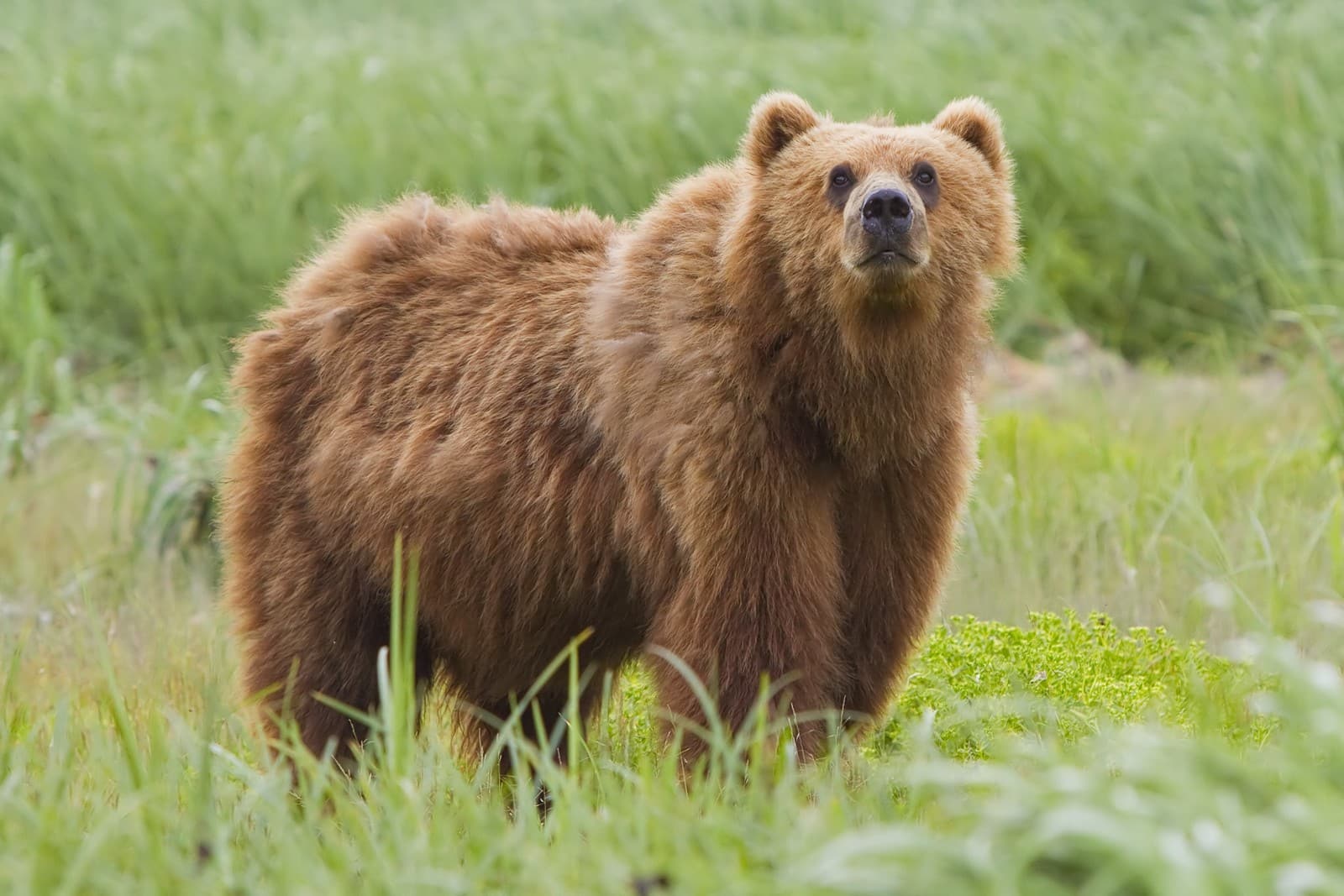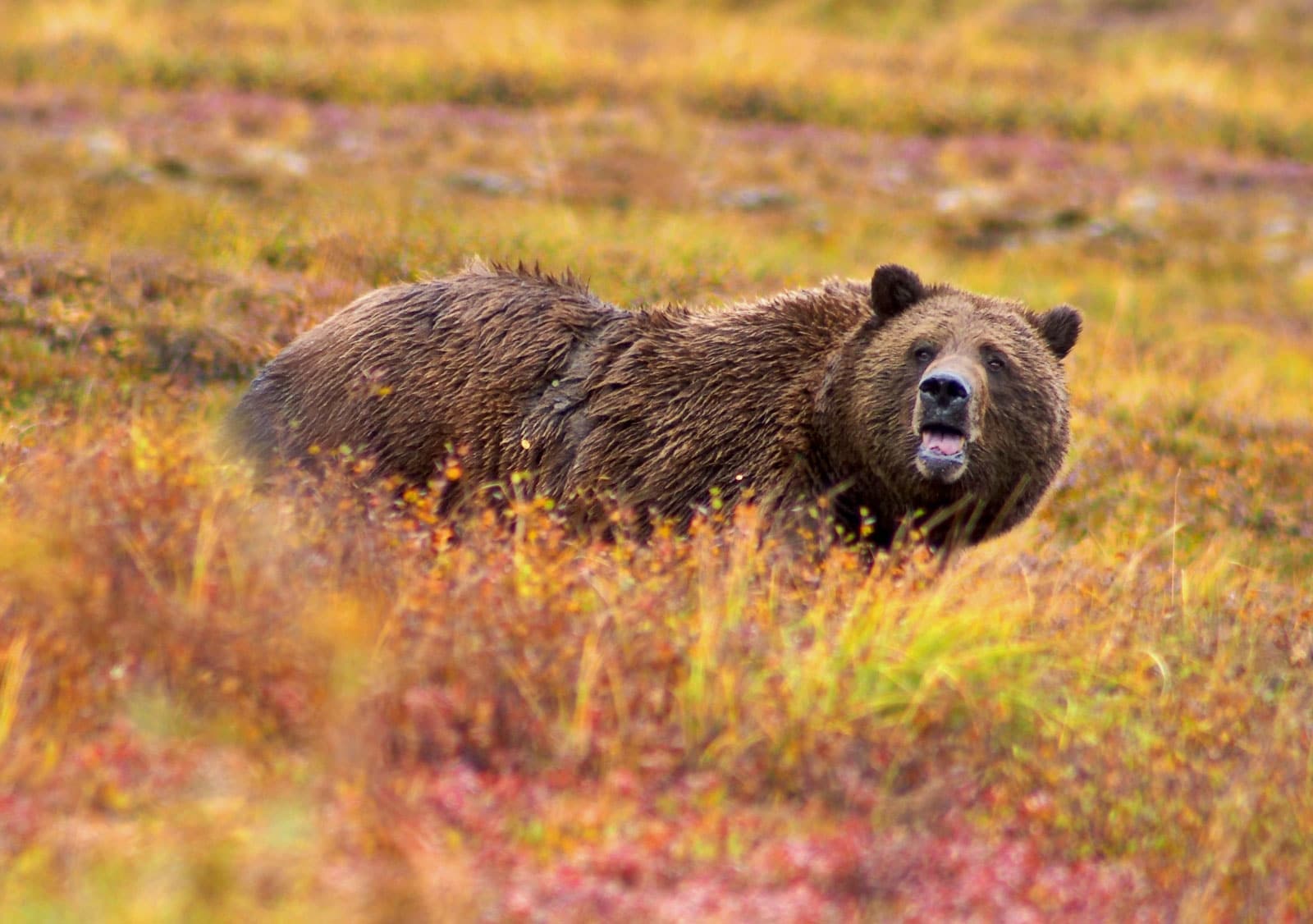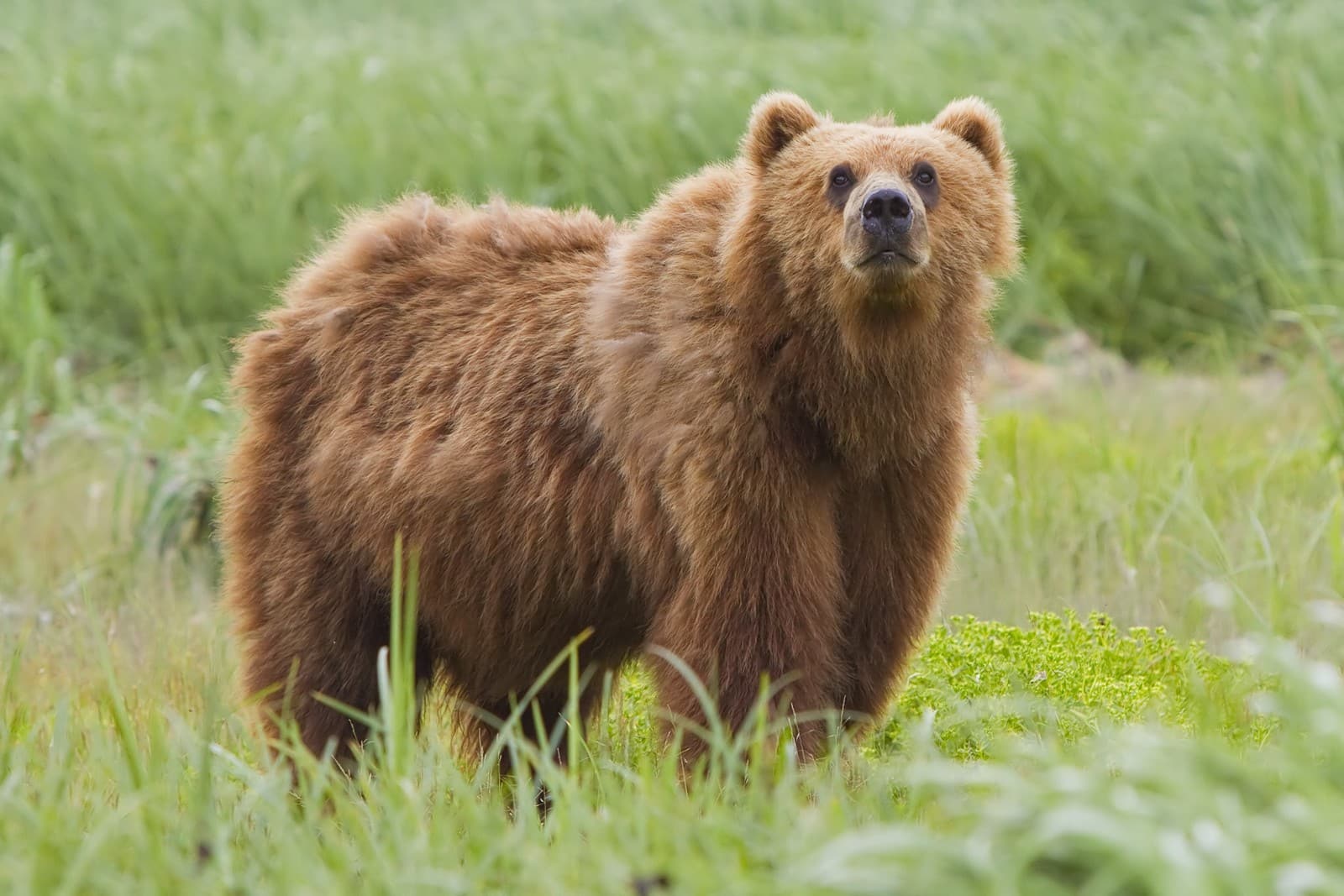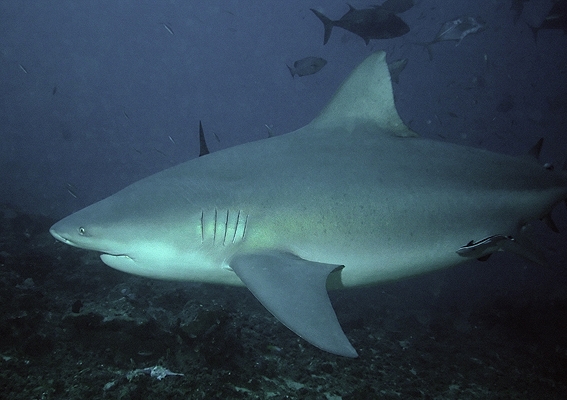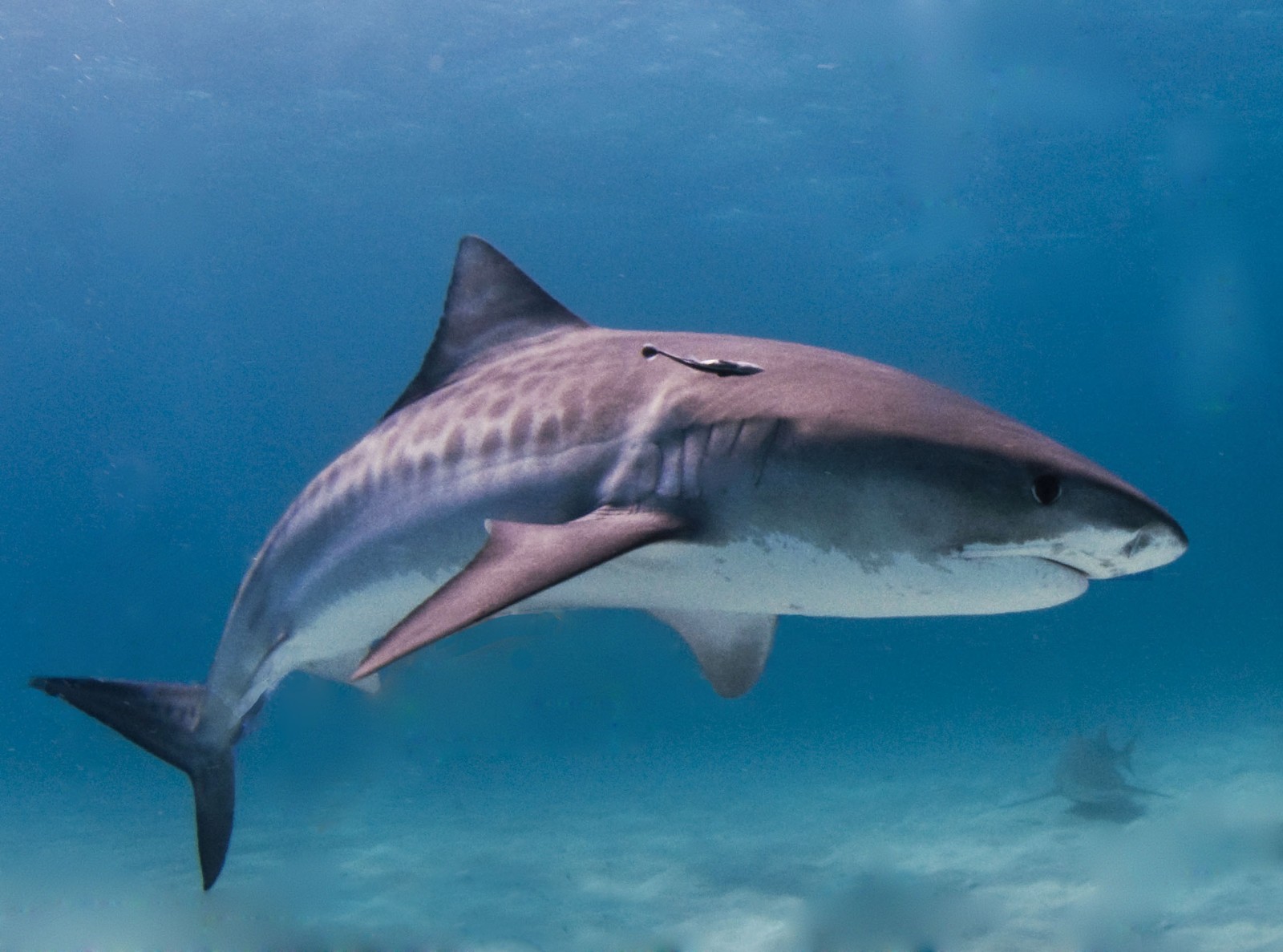Red-Eyed Tree Frog vs Poison Dart Frog: A Complete Comparison
When comparing the Red-Eyed Tree Frog vs Poison Dart Frog, we encounter two of the rainforest’s most distinctive amphibians, each with remarkably different survival strategies. While the Red-Eyed Tree Frog relies on camouflage and its startling eye display for protection, the Poison Dart Frog employs potent skin toxins that can be up to 200 times more powerful than morphine.
These fascinating creatures represent opposite ends of the amphibian defense spectrum. The Red-Eyed Tree Frog (Agalychnis callidryas) grows to 2-3 inches (5-7.5 cm) in length, spending most of its time in the canopy, while the smaller Poison Dart Frog family (Dendrobatidae) typically measures just 0.75-1.5 inches (2-4 cm) and inhabits the forest floor.
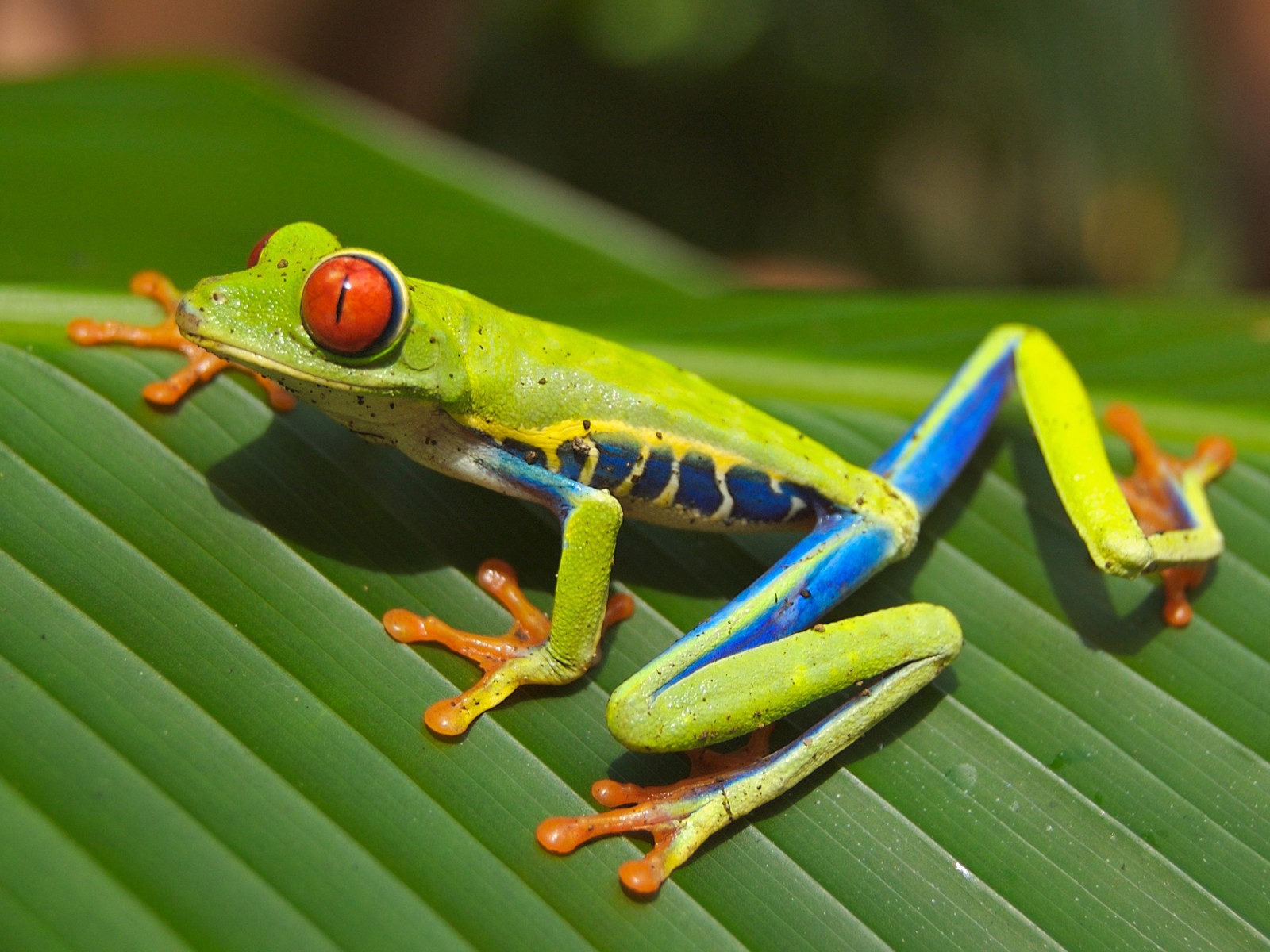
The Red-Eyed Tree Frog showcases nature’s masterful balance of camouflage and warning coloration. Its vibrant red eyes remain hidden during sleep, only to flash open when threatened, startling potential predators.
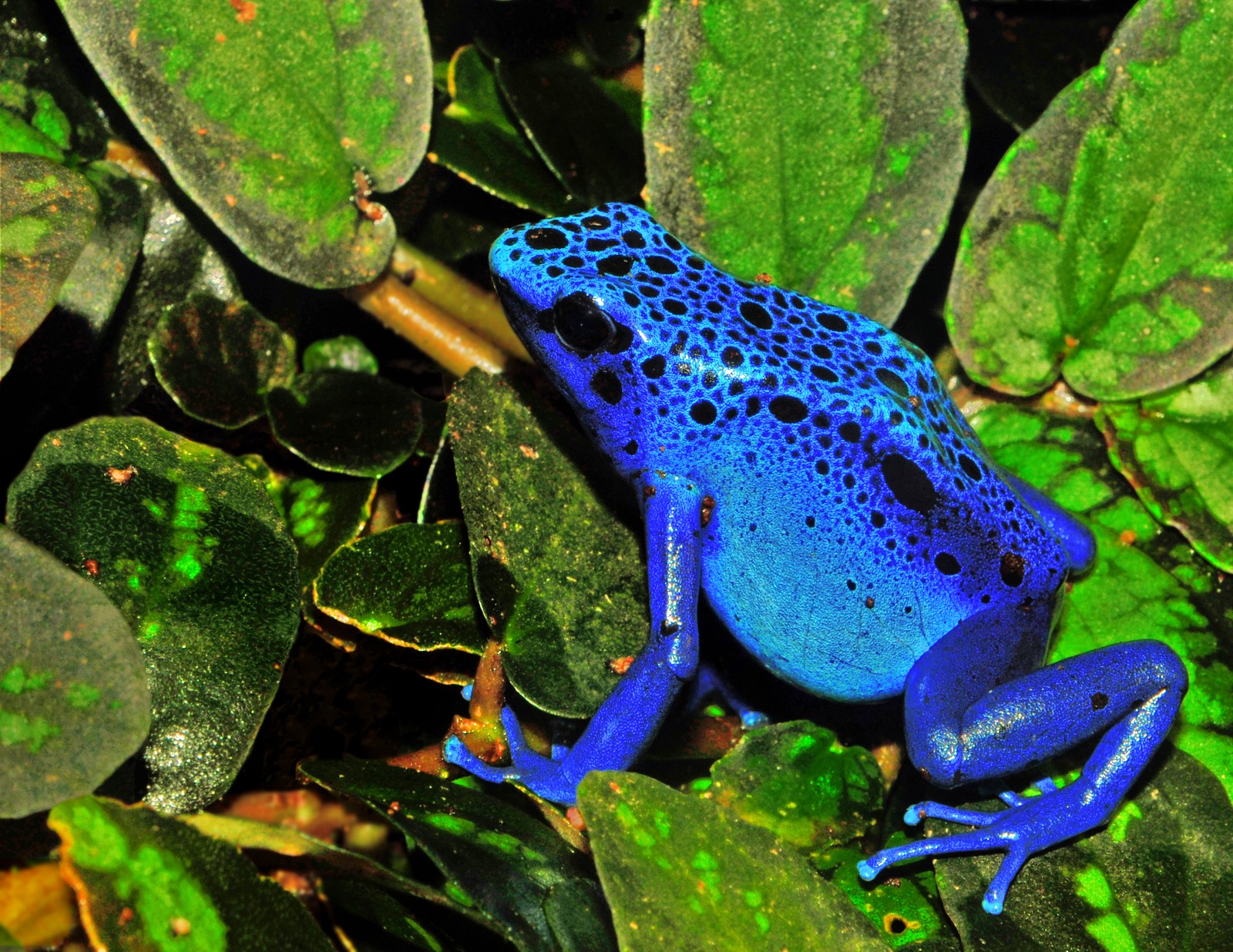
The Blue Poison Dart Frog exemplifies aposematic coloration, where bright colors serve as a warning to potential predators about its deadly toxicity. Its striking azure hue makes it one of the most recognizable amphibians in the world.
Key Differences Between Red-Eyed Tree Frogs and Poison Dart Frogs
| Feature | Red-Eyed Tree Frog | Poison Dart Frog |
|---|---|---|
| Size | 2-3 inches (5-7.5 cm) | 0.75-1.5 inches (2-4 cm) |
| Defense Mechanism | Startle coloration, camouflage | Potent skin toxins |
| Habitat | Rainforest canopy | Forest floor |
| Diet | Insects, small invertebrates | Primarily ants and termites |
| Toxicity | Non-toxic | Highly toxic in wild |
| Lifespan | 5-10 years | 3-15 years |
Habitat and Behavior
Red-Eyed Tree Frogs are primarily arboreal, spending most of their time in the rainforest canopy at heights of 20-100 feet (6-30 meters). Their large toe pads and specialized grip allow them to navigate vertical surfaces with ease. In contrast, Poison Dart Frogs are terrestrial, foraging among leaf litter and rarely climbing more than a few feet off the ground.
Defense Mechanisms
While both species display bright colors, their defensive strategies couldn’t be more different. Red-Eyed Tree Frogs rely on a combination of daytime camouflage and startle coloration. When threatened, they reveal their brilliant red eyes and orange feet, often causing predators to hesitate just long enough for escape.
Poison Dart Frogs, however, advertise their toxicity through bright colors that serve as a warning to potential predators. Their skin secretions are so potent that indigenous peoples have historically used them to poison blow darts for hunting, hence their common name.
Diet and Hunting
The dietary habits of these amphibians reflect their distinct evolutionary paths:
-
Red-Eyed Tree Frogs:
- Hunt primarily at night
- Target larger prey like moths and crickets
- Use their long tongues to catch flying insects
-
Poison Dart Frogs:
- Active during daylight hours
- Specialize in eating tiny ants and mites
- Derive their toxicity from their prey
Conservation Status and Threats
Both species face similar conservation challenges, primarily habitat loss and climate change. The Red-Eyed Tree Frog currently maintains stable populations across its range, while many Poison Dart Frog species are considered vulnerable or endangered due to their limited distribution and specific habitat requirements.
Who Would Win in a Confrontation?
While such encounters would never occur naturally due to different habitat preferences, a theoretical confrontation between these species would likely end in mutual avoidance. The Poison Dart Frog’s toxicity provides passive protection, while the Red-Eyed Tree Frog’s superior jumping ability and larger size would allow it to easily escape any potential conflict.
Through millions of years of evolution, these remarkable amphibians have developed distinctly different but equally effective survival strategies, making them both successful inhabitants of their respective rainforest niches.
